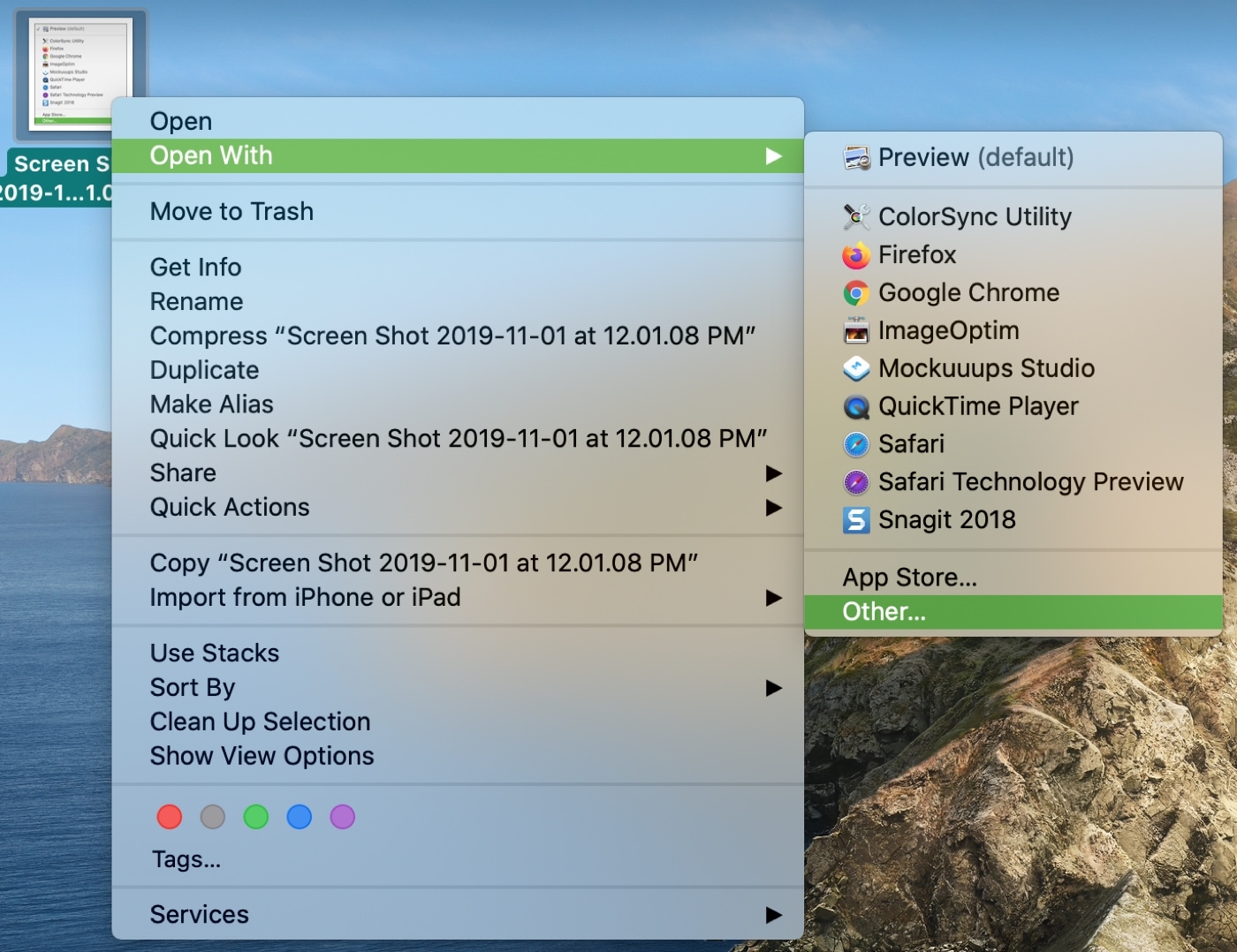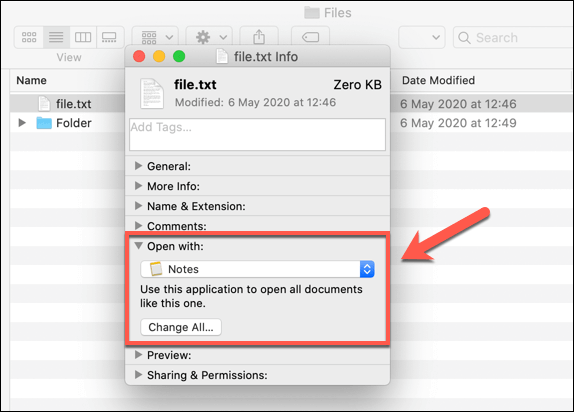

- #Mac set default application to open file how to
- #Mac set default application to open file update
- #Mac set default application to open file mac
In most cases this is correct, but you can still override it by changing the Recommended Applications view to All Applications using the Enable: dropdown menu. If the app that you want to use to open the file type is greyed out, it's because macOS doesn't think there's a valid association between the two. If you don't see the checkbox, click the Options button at the lower left of the window and it should appear. Tick the checkbox next to Always Open With to ensure your selection applies in future to all files with the same extension (AVI files, in our case).
In our example, we're selecting the VLC media player app.

#Mac set default application to open file how to
The following steps show you how to do just that.
#Mac set default application to open file mac
Sometimes you may have a legitimate reason for changing which app your Mac automatically launches when you open a common file type – when a newly installed app assumes control of it, or when you want to open AVI video files in VLC instead of QuickTime, for instance. The template is added to the My Templates category of the template chooser.Each document that you have on your Mac is associated with a default application which macOS uses to open the file whenever you double-click on its icon in Finder. The original Blank template is still available from the template chooser.Ĭlick Add to Template Chooser, then type a name for your new template. When you’re finished, choose File > Save As Template (from the File menu at the top of the screen). If you typed in the template, delete any text that you don’t want to appear every time you open the template.įor example, you may want to include your name and address in a letter template, but not sample text that you typed to set up your paragraph styles. You can rename the style and delete styles you don’t want to keep. Click the arrow that appears, then choose Redefine from Selection. If there’s only an asterisk next to the paragraph style: Click the style name, then move the pointer over the style name in the Paragraph Styles pop-up menu.
#Mac set default application to open file update
If there’s an Update button: Click Update.

Update the paragraph style with your changes: You can also use other controls in the Font section to choose character styles like bold and italic, and change the text color. In the Font section of the sidebar, choose a font and font size for the paragraph style you selected. Tip: You don’t have to modify every paragraph style in the template for example, for a simple letter or document, you may want to modify only the body text style and a heading style. If you can’t remove something from a document.Restore an earlier version of a document.Save a large document as a package file.Export to Word, PDF, or another file format.Change the look of chart text and labels.Add a legend, gridlines, and other markings.Change a chart from one type to another.Functions that accept conditions and wildcards as arguments.Ways to use the string operator and wildcards.String operator and wildcards in formulas.Calculate values using data in table cells.Select tables, cells, rows, and columns.Fill shapes and text boxes with color or an image.Set pagination and line and page breaks.Format hyphens, dashes, and quotation marks.Format Chinese, Japanese, or Korean text.Use a keyboard shortcut to apply a text style.Create, rename, or delete a paragraph style.Bold, italic, underline, and strikethrough.Select text and place the insertion point.View formatting symbols and layout guides.Intro to images, charts, and other objects.


 0 kommentar(er)
0 kommentar(er)
